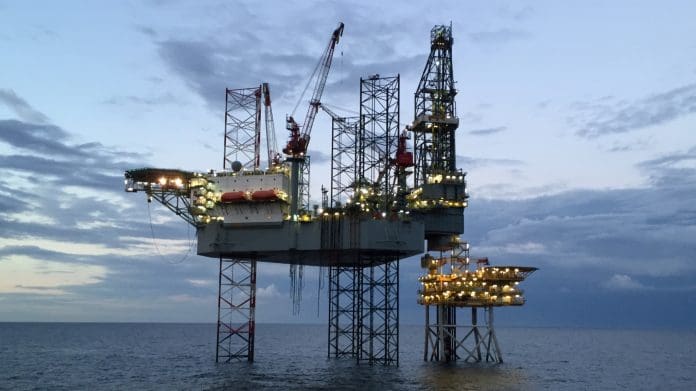On September 30, INEOS completed the sale its Norwegian oil and gas business to PGNiG Upstream Norway AS. The US$615 million deal includes production, assets, licenses, leases, facilities, and pipelines on the continental shelf.
INEOS’s now former exploration and production (E&P) arm, Norge AS, produces more than 30,000 barrels of oil equivalent per day (boe/d) from the North Sea, consisting of a 93% natural gas ratio. The business has 15 non-operation offshore licenses and six operating licenses, as well as an 8% stake in the Nyhamna Gas Plant, one of Norway’s largest terminals, in Aukra, Norway. “This represents another positive step in the INEOS Energy journey,” said Brian Gilvary, executive chair of INEOS. “The deal allows us to monetize a non-operated, predominantly gas portfolio at an attractive price compared to our hold value. We also balance our portfolio of oil and gas and open up new opportunities to reinvest further into the energy transition.”

Adding Danish Oil And Gas Assets
In late August, INEOS announced the completion of its US$150 million purchase of the Hess Denmark ApS subsidiary, which comprises 61.5% of the HESS-operated Syd Arne oilfield, bringing INEOS’s total share to 98.3%. INEOS will take over Hess as the new operator. INEOS will also gain an additional 4.8% share in the Solsort field, which it operates. “I am pleased we have been able to complete the acquisition,” said Gilvary. “The deal represents a major step in reshaping our energy business. It also opens up prospects that can be developed in Denmark’s offshore oil and gas sector, supported by a very promising carbon storage project.”
In total, INEOS will now operate the Syd Arne, Solsort, and Siri oil fields. It expects to unlock cost savings from the similarities in these holdings, particularly from the Siri field and the Syn Arne field.
An Integrated Danish Energy Portfolio
On the surface, the completion of INEOS’s Norwegian sale just one month after its purchase of oil and gas assets in Demark may seem counterintuitive. However, the company is strategically repositioning its portfolio to capitalize on profitable oilfields and invest in a lower carbon energy future. INEOS’s now larger Danish oil and gas position goes hand in hand with its Greensands project, a carbon, capture, and storage (CCS) effort that is expected to be finalized at the end of 2021. The pilot project began in June 2020. Since then, it has been validating the feasibility of carbon dioxide (CO2) storage for now depleted oil and gas reservoirs.
Advancing CCS
More than 50 years of relentless North Sea drilling has made the region one of the most mature and extinct networks of offshore oil and gas fields in the world. Phase 1 of the Greensands project will see if it’s possible to capture CO2 onshore then transport and store it beneath the seabed. Research from the Greensands project could be used to scale the project to between 4.4 million tons (4 million tonnes) and 8.8 million tons (8 million tonnes) of annual CO2 capacity, which would contribute up to 40% of Denmark’s carbon reduction goal. INEOS is working with commercial partners Wintershall Dea and Maersk Drilling, as well as collaborating on research with the Geological Survey of Denmark and Greenland (GEUS).
The Greensands consortium estimates that 90% of CO2 emitted from industrial companies like steel foundries and power plants could be captured and stored safely in the seabed. From there, it will be injected more than 4900 ft. (1493 m) below the surface into depleted reservoirs, where the CO2 can occupy the now empty space.
Given Denmark’s lengthy coastline, rich offshore assets, but limited onshore space for renewable energy projects like solar or wind, CCS and offshore wind serve as two key technologies Denmark can use to grow its economy and address climate change.


















